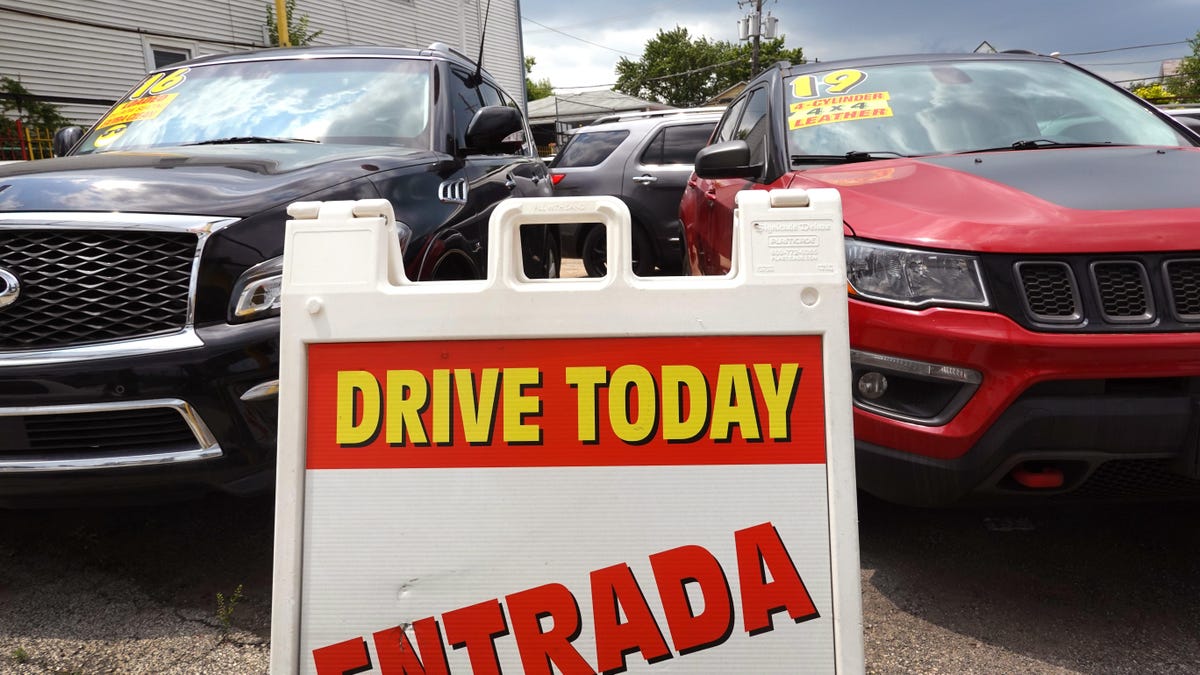When the world shut down in early 2020, the whole idea of “driving a car” ground to a halt for a lot of people. All those hours that would’ve been spent commuting, stuck in traffic, were now spent at home nurturing sourdough starter. But while the amount Americans drive has yet to reach the heights of 2019 — the amount of cars Americans are buying is still on the rise. In fact, it barely ever slowed.
A new report from the Wall Street Journal compared the rate of vehicle registrations to the number of miles driven on average by Americans. The stats show that mileage took a massive dive during the pandemic, but car purchases didn’t — despite all the supply chain issues and dealer markup stories. Now, both numbers are recovering, but the gap between vehicles purchased and miles driven is bigger than ever.
The pandemic, which closed stores and workplaces, sharply curbed our driving. But we kept adding more vehicles on the road, even though prices shot up because shortages of computer chips cut back the number of vehicles for sale. The result: We have more cars, but we are putting fewer miles on them. Forecasts suggest that isn’t likely to change.
…
It isn’t that people are buying a second or third vehicle in greater numbers. Rather, the growth in vehicles roughly matches the growth in the number of households in the U.S.
The average number of vehicles per household has stayed steady at about 2.2 for at least two decades—with a brief drop following the 2007-09 recession, according to S&P Global Mobility.
…
All those vehicles had to stay in the garage during the pandemic. Now, with the pandemic largely behind us, many of those vehicles are still there.
As of 2022, the number of trips Americans took had fallen by more than a third compared with 2017, according to surveys conducted by the Transportation Department. (A trip here is defined as going from one place to another. In other words, driving to the grocery store and back counts as two trips.)
The full Journal piece, with all its stats and graphs, is worth the read. The angle, though, is an interesting one — the WSJ, seeing an increase in vehicle registrations, wonders why we’re all driving less. The obvious question, it seems, would be the reverse: If we’re all driving less and less, why are we spending so much on cars?







